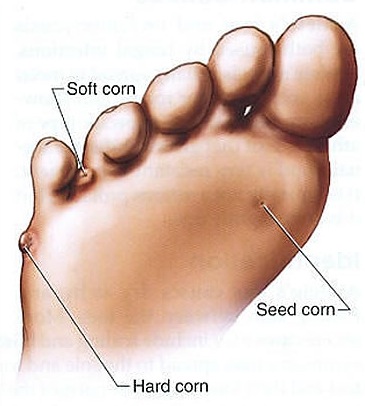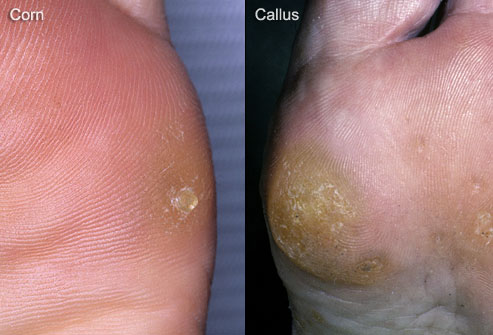Psoriasis under the toenails
Psoriasis under the toenails can result in severe thickening, discoloration and pitting of the toenails. Learn how to make your toenails better!Causes of psoriasis under the toenails
The cause of toenail psoriasis is unknown. What we do know is that a good percentage of people suffering from psoriasis also develop nail problems as well. The reports vary with some saying only about 10-15% suffer from them, but other studies claim much higher numbers. The average seems to be around the 25% range.You are more likely to have psoriasis under your toenails if:
Symptoms of psoriasis under the toenails:
Toenail psoriasis displays the following symptoms:- A discoloration beneath the nail. It is described as an “oil spot”.
- The nail is much more thick.
- The nail is extremely rough.
- The nail displays characteristic pitting.
- The distal part of the nail appears abnormal.
- Beau’s lines – these are horizontal ridges.
- Callus formation under the nail.
- Loosening of the nail.
Diagnosis of psoriasis under the toenails:
The toenails are graded by a system known as the Nail Psoriasis Severity Index (NAPSI). It is a numerical and reproducible system for monitoring the toenail psoriasis. The system is based on assigning numerical values for some of the symptoms listed above.Home treatment for psoriasis under the toenails:
Some Quick Tips for Home Care:- Keep your nails short and smooth. They are susceptible to bacterial and fungal infections which could make them look much worse.
- Wear gloves to protect your nails while you are performing activities to keep your nails protected.
- Wear properly fitted shoes to avoid excess pressure on your nails. Even light irritation and inflammation can make things worse.
- Make sure to dry your nails properly after bathing.
- Nail psoriasis is hard to treat, as nails grow very slowly. Be careful with them! They only grow 1mm per month.
- You can try topical steroid cream temporarily to improve nail appearance.
- Taking Vitamin D Vitamins may help.
- Moisturizing ointments at night before bed work well.
- Soak nails in vegetable oil while watching TV. You can then use an emery board or nail file to take the nails down a little bit.
- Synthetic nail hardeners can make the nails look much better. These are glossy covers, no one will know the difference!
- Acrylic nails are dangerous because you are more susceptible for nail fungus already with your psoriasis- I don’t recommend these.
- Salicylic ointment can work great for your psoriatic nails. Follow directions of your prescriptions.
- A mutlivitamin- while not completely proven through medical trials, has been recommended by many specialists.
Podiatrist treatment
There are many advances that are occuring in this field, so get excited! The outlook for psoriasis, while still dim is looking better and better every year.Treatments focus on managing symptoms with a rheumatologist. Individualized plans can included topical and intralesional creams and injections. You can combine these with systemic and combination oral medication therapies.
Check this link for more information about psoriasis under the toenails.







